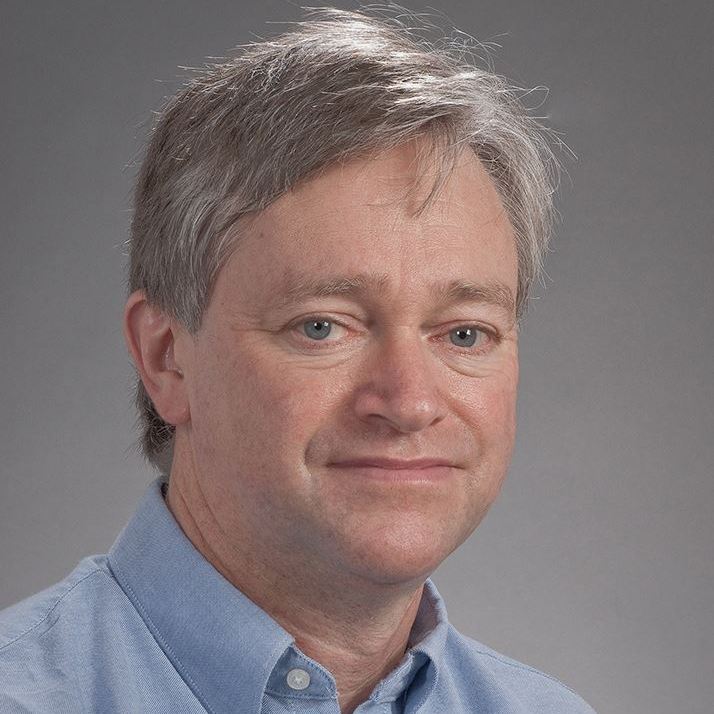- Professor, Department of Pathology

Department of Pathology
1959 NE Pacific St
Box 357470
Seattle, WA 98195
Select from the following:
The central research mission of the lab is to understand the distinctive features of immune responses that are generated in the liver, and reveal aspects of T cell function that are prominent in this environment. We are driven by the central idea that liver antigens can prime T cells locally, and that such priming has distinctive requirements in terms of the cell types competent to act as APC, the need for CD4+ T cell help in CD8+ T cell responses, the involvement of the innate immune system, and the long-term fate of such liver-primed T cells. This research agenda has led us to build expertise in Kupffer cell biology, and we view these cells as central in determining whether immune responses are biased towards immunity or tolerance. Multiple important pathogens target the liver, including viral hepatitis A, B, C and malaria. Therefore, we are interested in the immune responses to such pathogens, and seek to model some aspects of their immunopathology in vitro. We have developed an Adeno-Associated Virus (AAV)-based model for gene delivery to hepatocytes, and find that the CD8+ T cell response to this vector may be used to study T cell-dependent hepatitis, liver injury and fibrogenesis. Thus, we are dissecting the role of T cell- and Kupffer cell-derived cytokines in the development of liver immunopathology. Since AAV is a strong candidate vector for gene therapy, our investigations are relevant to efforts to improve this type of therapy, and in particular to negate the immune response to AAV vectors
- PhD, Immunology, University of London, UK
- BSc (honors) 1st class, Cell Biology, University of London, UK
- MBBS, Medicine, University of London, UK
- Pathobiology
Independent, parallel pathways to CXCL10 induction in HCV-infected hepatocytes. Brownell J, Wagoner J, Lovelace ES, Thirstrup D, Mohar I, Smith W, Giugliano S, Li K, Crispe IN, Rosen HR, et. al. J Hepatol. 2013 Oct; 59(4):701-8
Killer T cells find meaningful encounters through iMATEs. Crispe IN, Pierce RH Nat Immunol. 2013 Jun; 14(6):533-4
Quantitative bioluminescent imaging of pre-erythrocytic malaria parasite infection using luciferase-expressing Plasmodium yoelii. Miller JL, Murray S, Vaughan AM, Harupa A, Sack B, Baldwin M, Crispe IN, Kappe SH PLoS One. 2013; 8(4):e60820
Migration of lymphocytes into hepatic sinusoids. Crispe IN J Hepatol. 2012 Jul; 57(1):218-20
HCV core and NS3 proteins manipulate human blood-derived dendritic cell development and promote Th 17 differentiation. Tu Z, Hamalainen-Laanaya HK, Nishitani C, Kuroki Y, Crispe IN, Orloff MS Int Immunol. 2012 Feb; 24(2):97-106